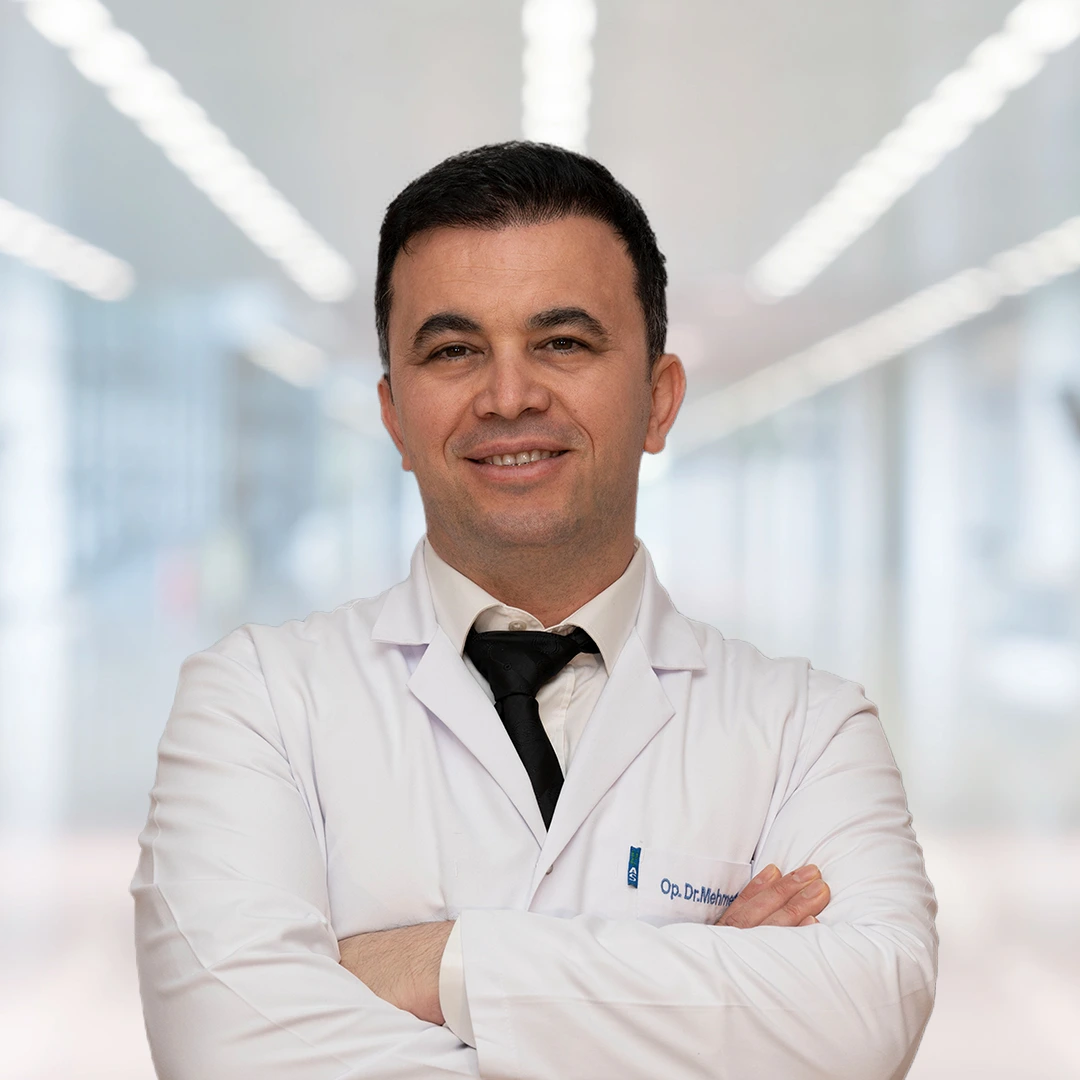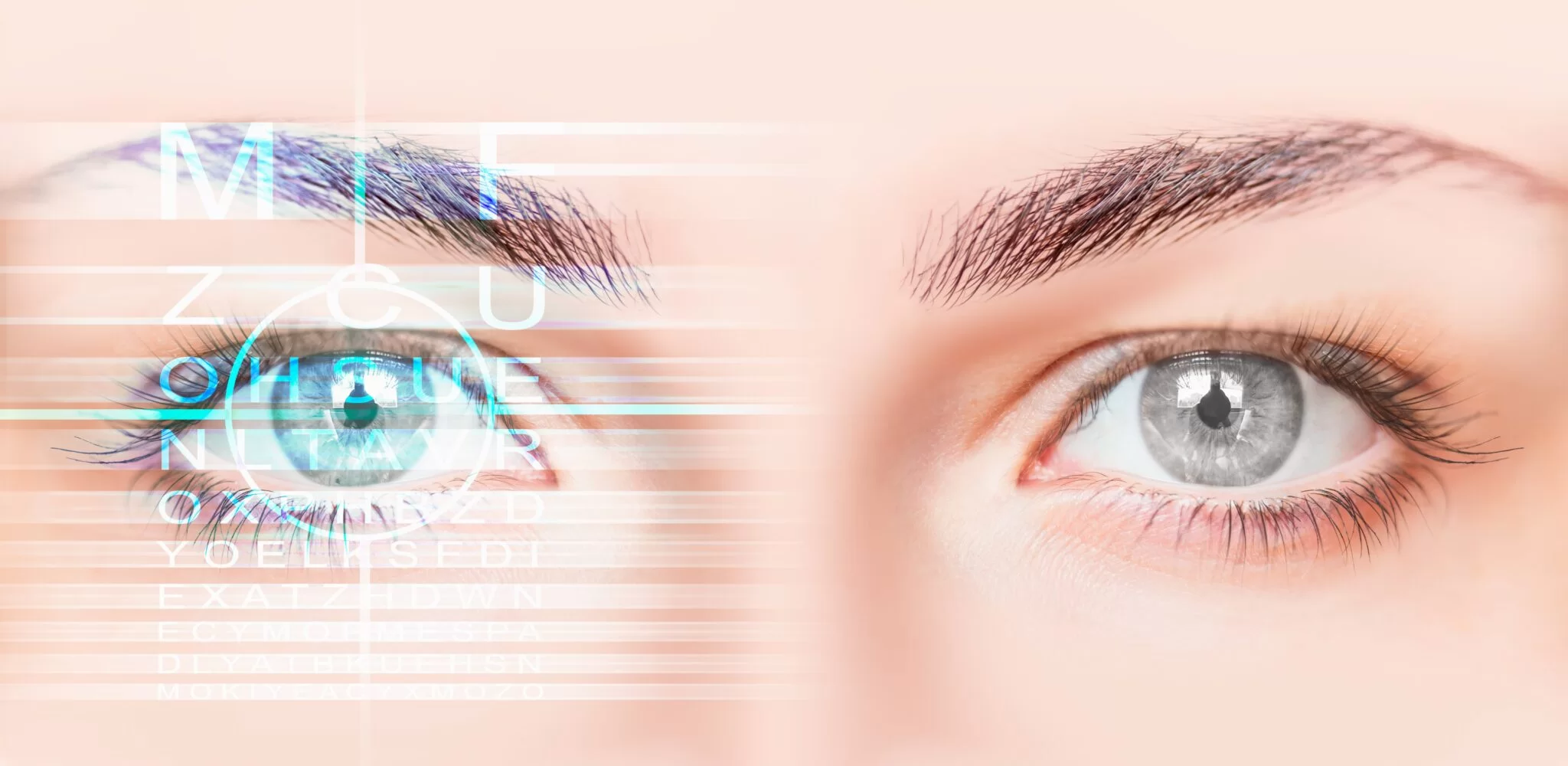QUICK APPOINTMENT FORM

The most common eye diseases include myopia, hyperopia, astigmatism, cataracts, glaucoma and retinal diseases. These diseases can affect the eyes’ ability to see and can lead to serious consequences if left untreated. Regular eye examinations and early diagnosis are important.
Myopia and Hyperopia
Myopia and hyperopia are refractive errors caused by the eye’s inability to focus light properly. Myopia causes the eye to see objects at far distances blurred, while hyperopia makes it difficult to see objects at close distances clearly. Both conditions are caused by imbalances in the refractive power of the eye. In this article, we will look at the differences between these two common visual impairments, their diagnostic methods and symptoms in detail.
Astigmatism
Astigmatism is a condition in which the cornea or lens of the eye is not properly curved, causing visual impairment. This disorder causes light not to focus properly on the retina, which causes images to appear blurred or distorted.
What is the Difference Between Astigmatism and Normal Vision?

Presbyopia
Presbyopia, also known as age-related visual impairment or nearsightedness, is an eye disease that occurs as the lens of the eye loses its flexibility with age and makes it difficult to see close up. Presbyopia disease usually begins to be seen after the 40s.
Strabismus
Strabismus It is a condition in which both eyes do not look in the same direction and cannot move in parallel. While one eye looks straight, the other eye may shift inwards, outwards, upwards or downwards. This condition refers to a condition in which the eyes cannot work harmoniously and is called strabismus. Strabismus is usually congenital but can also develop later.
Colour Blindness
Colour Blindness is a condition in which the retina, the light-sensing layer of the eye, lacks special pigments that detect colours or does not contain enough pigment. It causes various colours or shades of colour to be indistinguishable.
Glaucoma (Eye Pressure)
Glaucoma is a serious disease that can cause loss of vision due to damage to the optic nerve as a result of chronically high intraocular pressure. The most common type of glaucoma is open-angle glaucoma, which has a long and insidious course. Open-angle glaucoma accounts for 85 to 90 per cent of all glaucoma patients. The patient’s eye pressure suddenly rises to very high levels, causing severe eye pain, headache, vomiting, nausea and excessive red eye. This is an emergency and very severe condition. It is easy to be recognised by ophthalmologists.
Dry Eye Treatment
Dry eye is a problem that is quite common today and can negatively affect our daily life. This condition, which manifests itself with symptoms such as burning, stinging, itching, redness, blurred vision and eye fatigue, can be caused by various factors.
Eye Floaters and Vitreolysis
Eye floaters and vitreolysis When we open our eyes, we expect to see a clear and clear world. But sometimes there may be annoying flying objects that interfere with our vision. In particular, this condition is known as floaters in the eye and can be resolved with vitreolysis treatment.
Uveitis Treatment
Uveitis is an inflammation of the uvea, which forms the middle layer of the eye. The uvea consists of the iris, ciliary body and choroid. In particular, this inflammation can cause various symptoms such as eye pain, redness, blurred vision and sensitivity to light.
Allergic Conjunctivitis
Allergic conjunctivitis, also known as eye allergy, is a common eye disease that affects the white part of the eye (conjunctiva) and the membrane covering the inside of the lids. It causes symptoms such as itching, redness, watering and burning in the eyes.
Tear Pathway Diseases
The tear ducts are a complex system of organs that produce, store and distribute tears to keep our eyes moist and healthy. It consists of various components such as tear ducts, tear sac and eyelid. In particular, any problem in this system can lead to tear duct diseases.
Neurovision
Neurovision therapy, which aims to improve visual ability, is based on non-invasively increasing visual stimulation and strengthening neural connections related to vision. This technology offers a clinically proven solution for adult amblyopia cases that were previously thought to be untreatable.
Nystagmus
Nystagmus or nystagmus is the involuntary movement of the eye. It can occur congenitally and can also be seen during and after infancy. Nystagmus is not a condition that occurs due to a single cause and may have different causes.
Eye Twitching
Eye twitching is a sudden and involuntary contraction of the muscles with repetitive movements for various reasons. This is also known as eye twitching or eye twitching. In medical language, it is called myokymia.
Lazy Eye
Lazy eye is a condition in which one eye has a lower visual capacity compared to normal limits or compared to the other eye without any structural disorder in the eye or optic nerve. Vision is a sense that is acquired from birth. As the brain develops, the ability to see also develops and more detailed vision is learnt.
Night Blindness
Night Blindness manifests itself due to the inability of the eye to adapt to dark environments. Normally, in a healthy person, the eyes also adapt quickly in the transition to dim light. In this case, although it affects the ability to see in the direction of weak light or inability to see adequately in the dark, it does not cause complete blindness.
How Much is the Treatment Price of Eye Diseases?
Eye diseases treatment price varies depending on the underlying cause and the operation to be performed. The treatment plan to be created by our specialist ophthalmologist after a detailed examination may vary from person to person.
The above information is for informational purposes. If you have any medical concerns or questions, please make an appointment with our ophthalmologists.



















